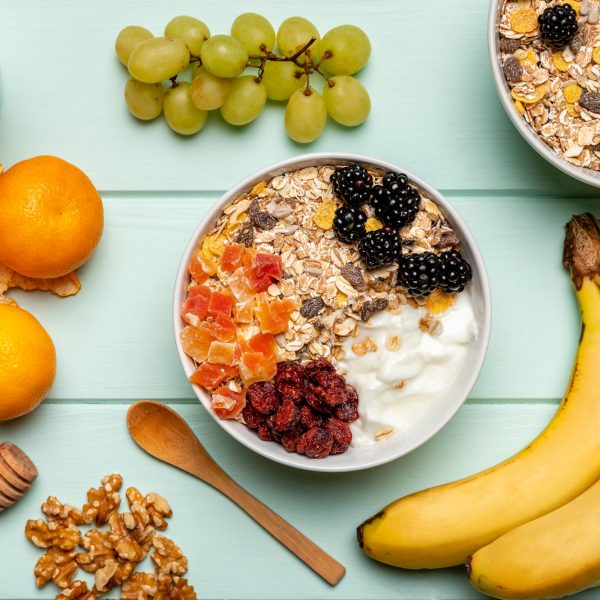Food labels provide important information about the nutritional value of the food we eat.
They help us make informed decisions about our food choices, which is essential for maintaining a healthy lifestyle. However, with so much information on food labels, it can be overwhelming to understand what it all means. In this blog, we will break down the components of a food label and provide you with some tips for reading them.
Serving Size
The serving size is the first thing you should look for on a food label. It tells you how much of the food is considered a serving and how many servings are in the package. Many people make the mistake of assuming that the entire package is a serving, which can lead to overeating and consuming more calories than intended. Pay attention to the serving size to accurately track your intake.
Calories
The next important component to look for is the number of calories in a serving. This number tells you how much energy you will get from the food. It’s essential to pay attention to the calories, especially if you are trying to maintain or lose weight. However, keep in mind that the number of calories you need per day will depend on your age, gender, weight, and activity level.

Nutrients
The nutrients listed on a food label are divided into two categories: those that you should limit and those that you should aim to consume more of. Nutrients that you should limit include saturated fat, trans fat, cholesterol, sodium, and added sugars. On the other hand, nutrients that you should aim to consume more include fibre, vitamins, and minerals.
% Daily Value
The % Daily Value (%DV) is a guide to help you understand how much of each nutrient is in one serving of food and how it fits into your daily diet. The %DV is based on a 2,000-calorie diet, so if you consume more or fewer calories, your %DV may be different. A %DV of 5% or less is considered low, while 20% or more is considered high.
Ingredients
The ingredients list provides a detailed description of what is in the food. The ingredients are listed in descending order by weight, with the most abundant ingredient listed first. If you have any allergies or dietary restrictions, it’s essential to read the ingredients list carefully to ensure that the food does not contain any harmful ingredients.
Tips for Reading Food Labels
- Pay attention to the serving size and the number of servings per container to accurately track your intake.
- Look for foods that are low in saturated fat, trans fat, cholesterol, sodium, and added sugars.
- Aim to consume foods that are high in fibre, vitamins, and minerals.
- Be cautious of claims like “low-fat,” “fat-free,” or “sugar-free.” These claims may not necessarily mean that the food is healthy.
- Read the ingredients list carefully, especially if you have any allergies or dietary restrictions.
Conclusion
Understanding food labels is crucial for making informed decisions about our food choices. By paying attention to the serving size, calories, nutrients, %DV, and ingredients, we can ensure that we are consuming a healthy and balanced diet. With these tips, you can confidently read food labels and make choices that will benefit your health and well-being.





















Share this article